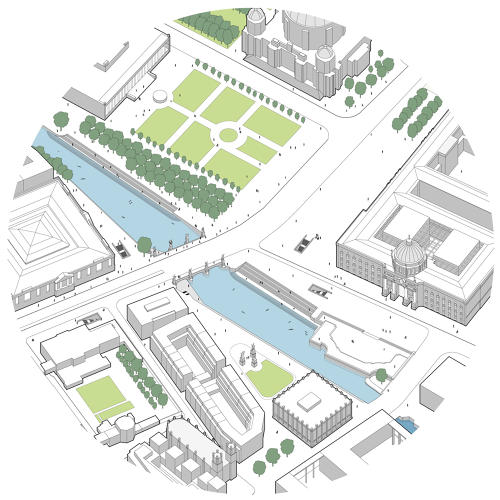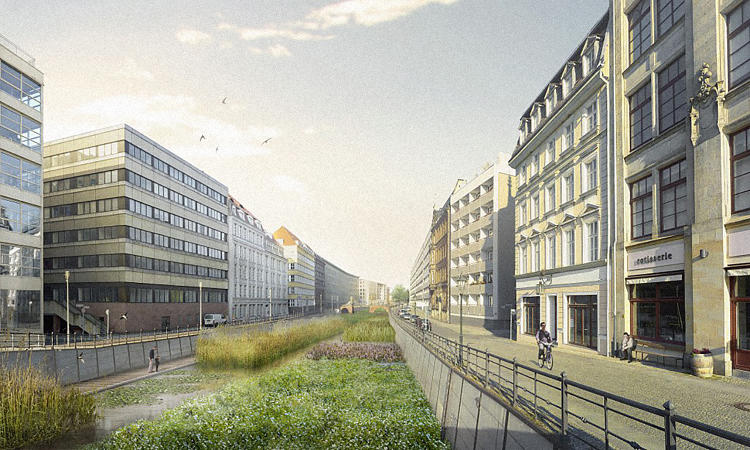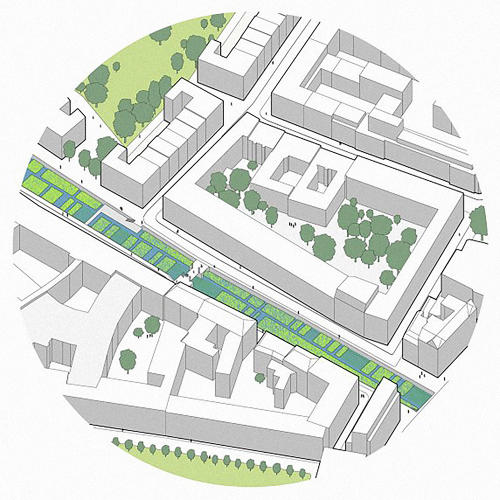Germans could soon recapture an idyllic part of old city life: Being able to jump in the river for a swim whenever you want.


The project would transform a side canal that has been closed to boat traffic for the last decade. At one end, a natural filter, made of layers of gravel and pollution-eating plants, would purify the river water flowing into the pool. A bypass would send sewer water in another direction, and the top of the structure would turn into a pedestrian and bicycle bridge. The beginning of the canal would be “re-naturalised” into a refuge for urban wildlife and a new park.

“The steps necessary to convert the river arm into a swimming pool are surprisingly simple and very cost-efficient,” write architects from Realities United, the firm leading the project, who first had the idea in the 1990s. Now, as the city has changed two decades after reunification, they think the time is finally right to build it. The team will finish a feasibility study next year and is working on getting approvals from the city.
It isn’t the first project to reclaim part of the river for swimming in Berlin. In 2004, a floating pool called Badeschiff (“bathing ship”) opened in the city’s East Harbor; it later served as one of the inspirations for +Pool, a giant floating pool that hopes to open this year in New York’s East River.
From our partners:

The new project, of course, would be much bigger and more complex than something like +Pool. “It’s more difficult in our case because it’s not a structure you put somewhere, it’s really a transformation of an entire space,” says Christopher Grammaire, an architect at Realities United. “There are legal challenges. It’s also on a UNESCO Heritage site.”
The canal runs along Berlin’s “Museum Island,” an island in the middle of the city that happens to be home to five major international museums. Right now, it’s a place filled with tourists. But the project hopes to create new life in the area for people who live in the neighbourhood.

“The idea is not just about swimming, or ecology,” says Grammaire. “It’s also about how we treat public space.”












